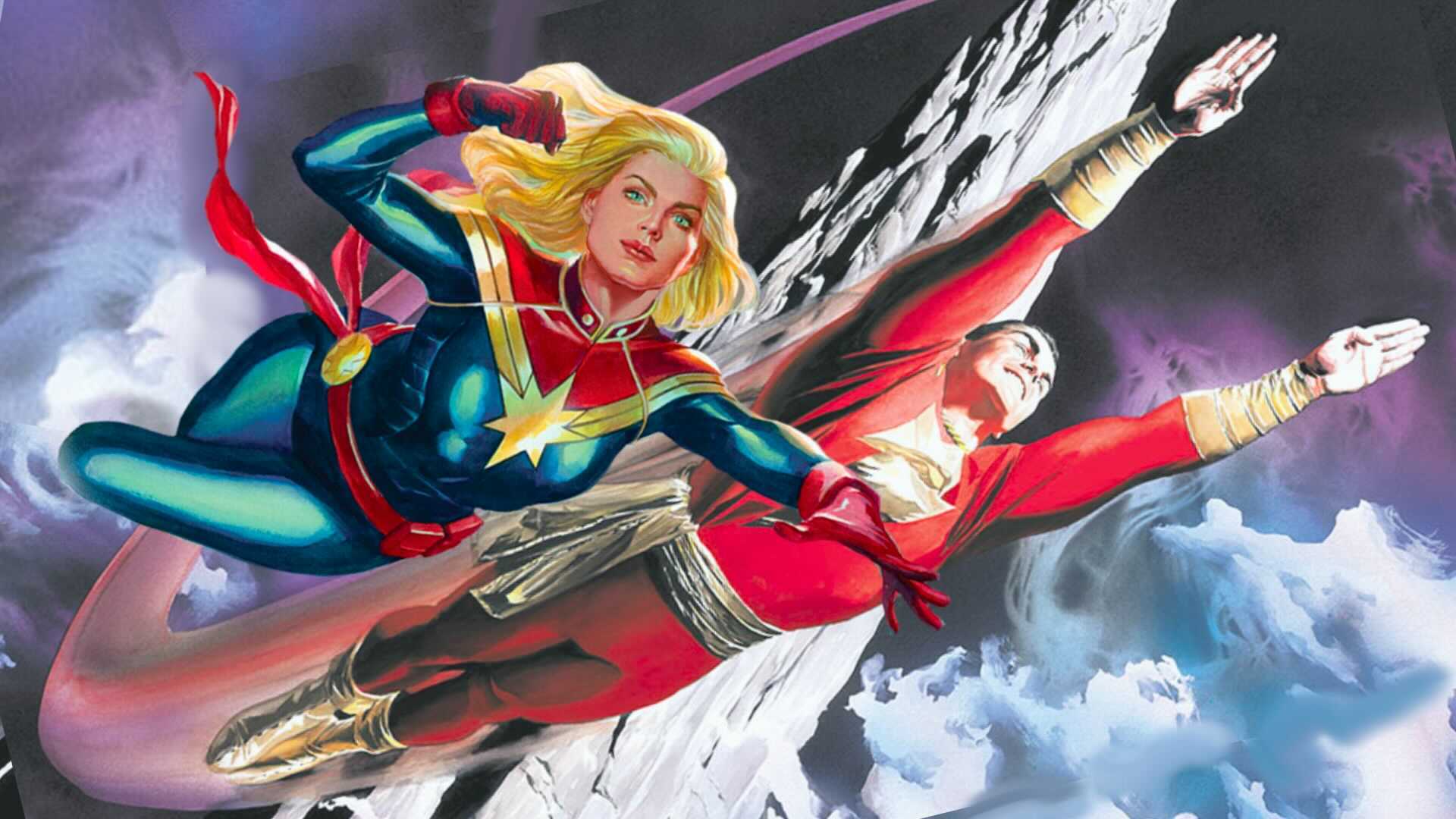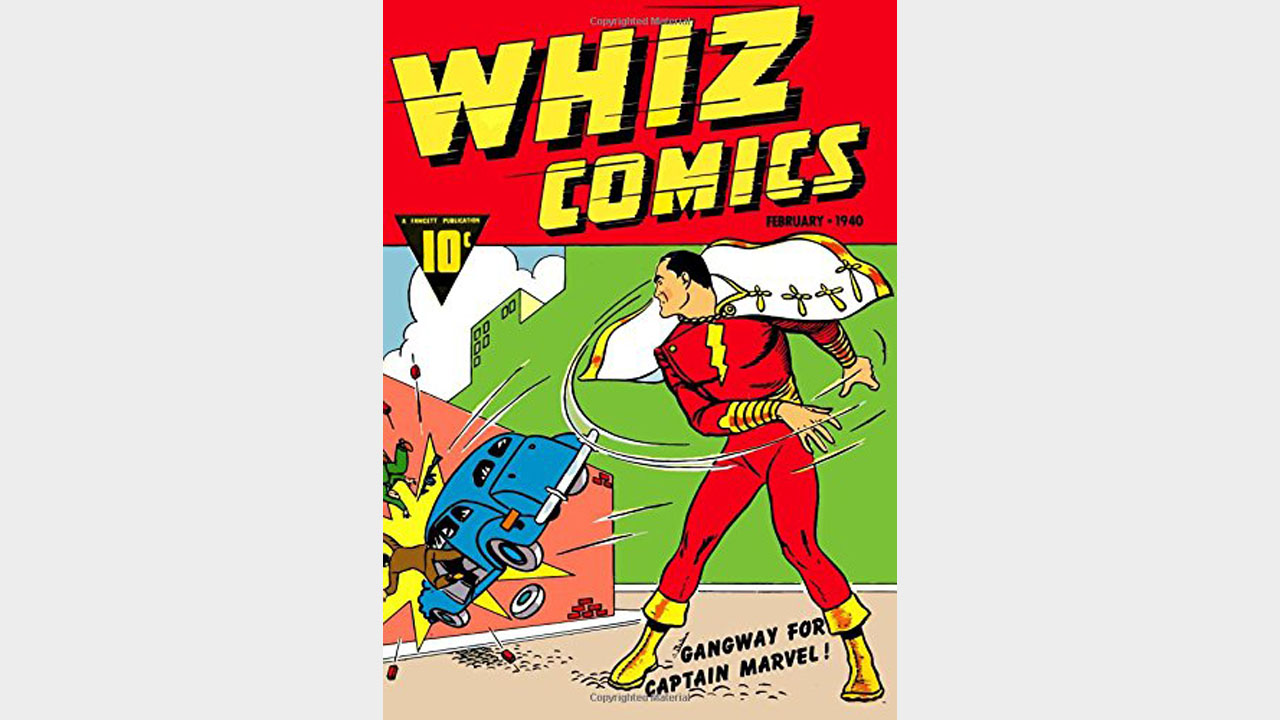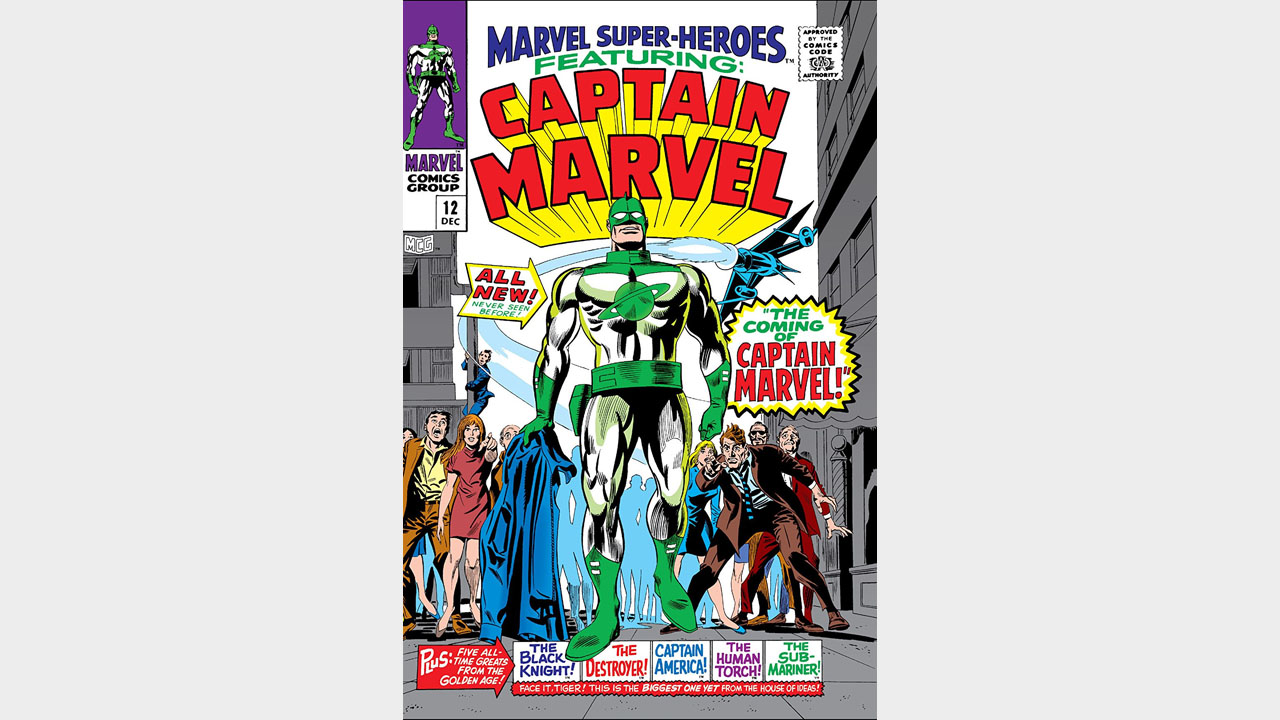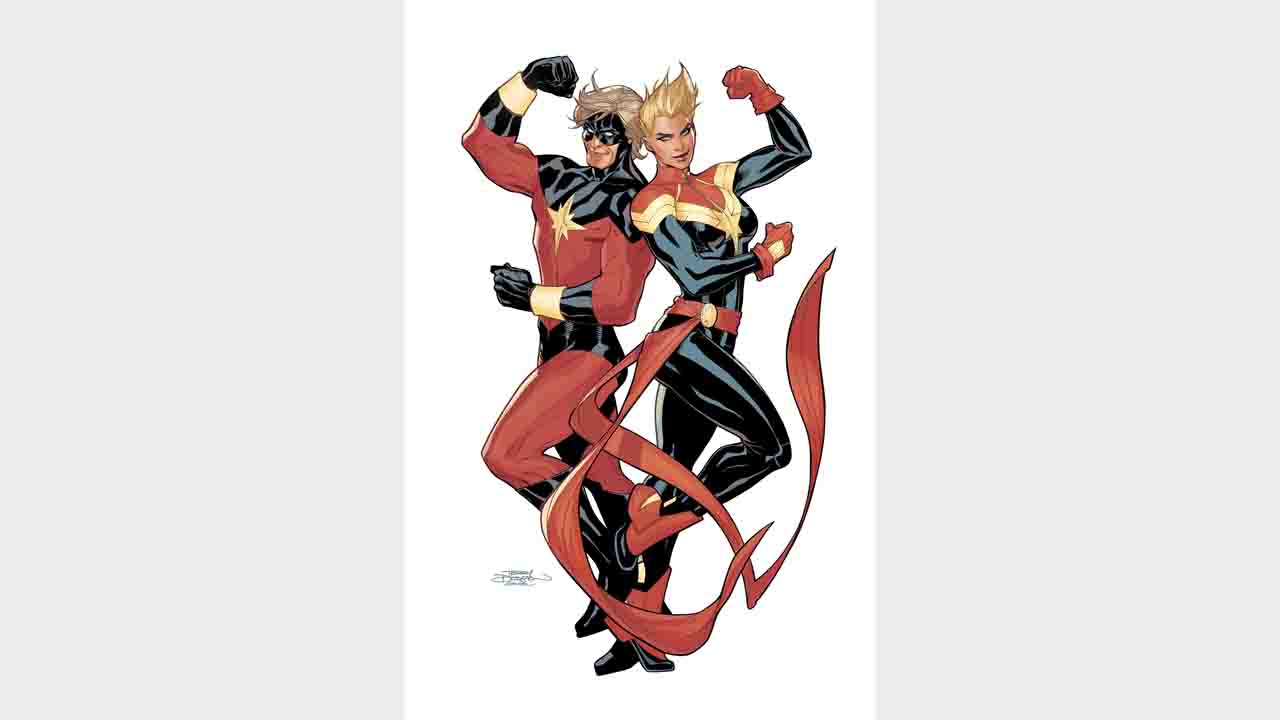Why Marvel has a Captain Marvel but DC has a Captain Marvel called Shazam
On the brink of new legal disputes over comic book character copyrights, we revisit one of the biggest - the fight over Captain Marvel

Captain Marvel - while something of a B-list Marvel character for most of the history of the women and men who have held the title - has been elevated to A-list over the last few years takes to some yeoman's work of several comic book creators, along with the character's emergence as an MCU here played by Academy Award-winning actor Brie Larsen.
But before Carol Danvers rose to fame as the comic book and live-action Captain Marvel, and even before there was a Marvel Comics, another hero made 'Captain Marvel' a household name in another era.
Knowledgeable DC fans know, of course, that we're talking about the Big Red Cheese himself, the hero today's readers and now moviegoers know as 'Shazam!'
He began his career as Captain Marvel, but DC can't legally call him that anymore.
Confused?
How did the name 'Captain Marvel' switch superheroes and comic book publishers? This oft-told tale is one of comic books' oldest legal disputes (at the precipitous of what may be many more legal disputes over comic book character copyrights), and though many longtime readers know how it all went down, Newsarama' here to walk you through how Carol Danvers became Captain Marvel, and the guy that used to be called Captain Marvel became Shazam!
But before we get to all that, we've gotta explore Shazam's history a little bit.
Get the best comic news, insights, opinions, analysis and more!
Earth's Mightiest Mortal, Captain Marvel

Like Superman, the first major American superhero (and the character that defined most of the genre tropes), the original 1939 incarnation of Captain Marvel could fly, had super strength and speed, and wore a costume of tights and a cape to rescue people. Seeing the similarities between the characters, National Comics Publications (Superman's publisher who later became DC) sued Fawcett, Captain Marvel's publisher, over copyright infringement against Fawcett, who published Captain Marvel.
If that seems drastic considering how many characters in modern comics share even more specific qualities, and how many superheroes were ripping off Superman even back in the '40s, bear in mind that National had a history of suing companies that published heroes it felt were too close to Superman, successfully putting a stop to the publication of Fox's Wonder Man and Fawcett's pre-Captain Marvel hero Master Man.
There's one other factor that set the Captain Marvel lawsuit apart, however – at his peak, Captain Marvel was selling more copies than Superman, and even became the first superhero to get their own live-action film.
Naturally, National didn't like that Fawcett's perceived copy of their hero was outselling their original, adding fuel to a lawsuit that aimed to cease publication of Captain Marvel. National and Fawcett settled out of court, leading Fawcett to cease publishing comic books and sell the rights to some of its comic characters - but they held on to the Marvel Family and their other superheroes.
From there, Captain Marvel all but disappeared (though some less successful heroes briefly adopted the name over the years). Then, in the '60s, another publisher entered the 'Captain Marvel' dispute.
Marvel's Captain Marvel

Realizing that since Fawcett had ceased publishing the adventures of Captain Marvel almost 15 years prior in 1953, in 1967, the still newly-christened Marvel Comics (formerly Atlas Comics) realized that the famous hero moniker that included their namesake was not in use – and decided to make their own Captain Marvel.
Fawcett, who was prevented from publishing Captain Marvel comic books, had no apparent reason to dispute Marvel Comics' Captain Marvel at the time. DC didn't either - their dispute with Fawcett wasn't over the name 'Captain Marvel', but rather the visual and story elements.
Marvel's Captain Marvel was entirely different – an alien hero who came to Earth as a conqueror before vowing to protect his adopted homeworld. And for several years, this version of the character was the only one on shelves – until 1972, when National, now rechristened DC Comics, licensed the original Captain Marvel from Fawcett's owners.
From there, things don't get simpler. Because the actual title 'Captain Marvel' was now under trademark by Marvel Comics, DC couldn't simply publish their hero's stories under his own name, so they improvised. Drawing a name from both the wizard that gave Captain Marvel his powers and the magic word he speaks to become a hero, DC began using 'Shazam!' as the title of their Captain Marvel's comic book and even began referring to the character by that name in other media, including television and toys.

And so Marvel's Captain Marvel (or Captain Marvels – there have been a few people in the Marvel Universe to use the name, which is the subject of a current story arc in Captain Marvel's monthly series) and DC's Captain Marvel coexisted for some time, with DC purchasing Fawcett's heroes outright in the '90s – that is, until the changing landscape of pop culture led to a scenario where, not only did Marvel's Captain Marvel and DC's Shazam! both get their own movies – they actually got them in the same year.
Coupled with an ever-evolving media landscape that increasingly ties TV, comic books, and movies together with themes and characters, DC has all but officially eschewed the name 'Captain Marvel' from their books, now referring to their hero solely as Shazam, while Carol Danvers has become the last Captain Marvel standing.
Whichever you are a fan of, we've got your reading list covered with the best Captain Marvel stories and the best Shazam stories.
I've been Newsarama's resident Marvel Comics expert and general comic book historian since 2011. I've also been the on-site reporter at most major comic conventions such as Comic-Con International: San Diego, New York Comic Con, and C2E2. Outside of comic journalism, I am the artist of many weird pictures, and the guitarist of many heavy riffs. (They/Them)



